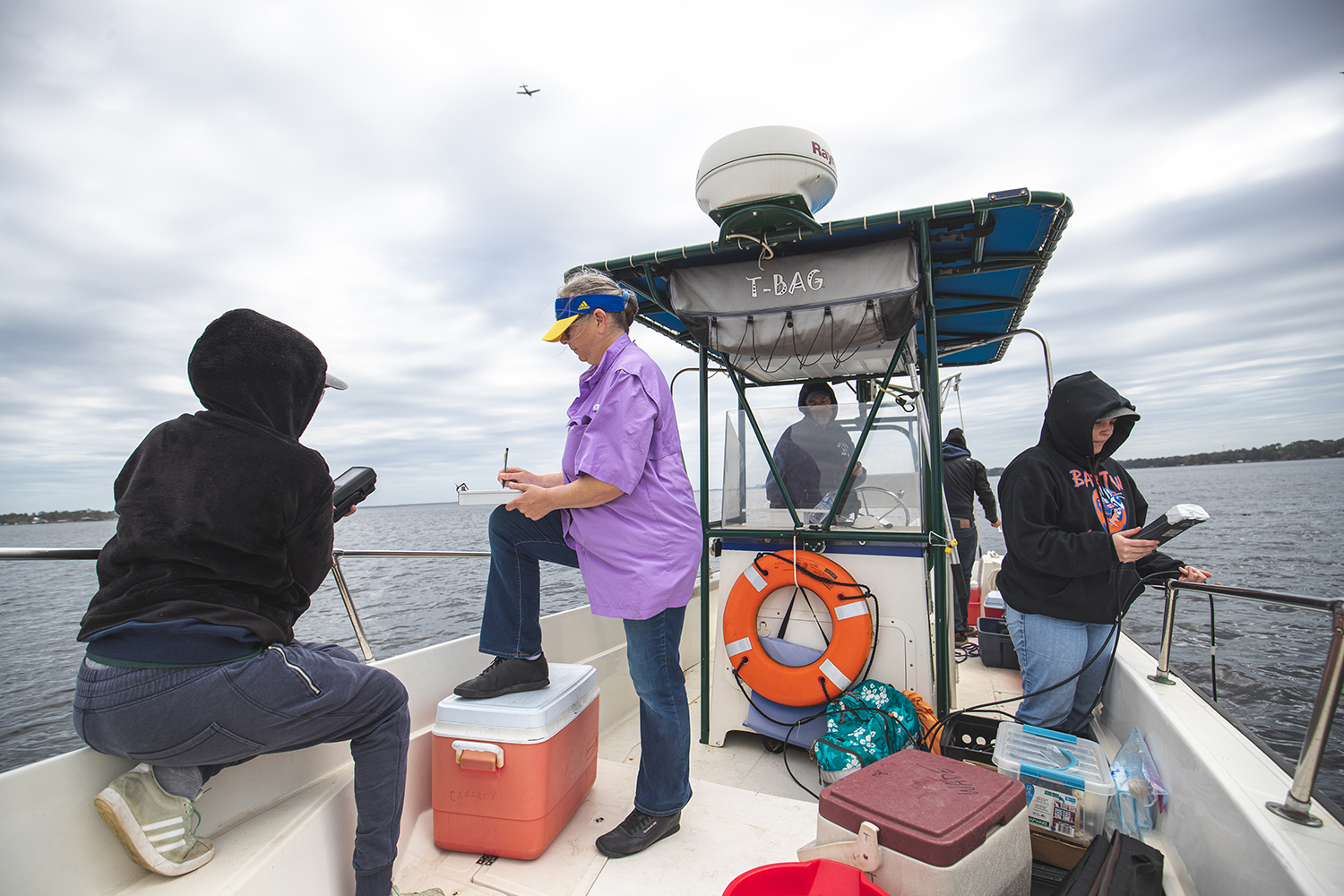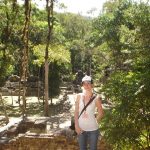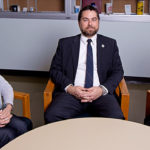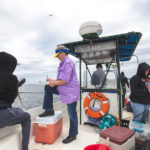UWF, Escambia County partner to test local waters for Vibrio bacteria
University of West Florida researchers are working with the Escambia County Natural Resources Management Department to test local waters for the presence and abundance of various Vibrio species, including those associated with the “flesh-eating” disease necrotizing fasciitis.

University of West Florida researchers are working with the Escambia County Natural Resources Management Department to test local waters for the presence and abundance of various Vibrio species, including those associated with the “flesh-eating” disease necrotizing fasciitis.
Dr. Lisa Waidner, assistant professor, Dr. Jane Caffrey, professor, and Dr. Wade Jeffrey, professor, are heading up a large-scale survey of Escambia County waters in a partnership between the UWF Center for Environmental Diagnostics and Bioremediation and Escambia County.
The professors and a team of UWF students began sampling water from 44 sites on Feb. 3 throughout Escambia County. The sites are in bodies of water, such as bays, bayous and rivers. Area waters being tested this year for Vibrio vulnificus and other bacterial species include lower Pensacola Bay, Santa Rosa Sound, Escambia Bay, Bayou Chico, Bayou Texar, Bayou Grande, Perdido Bay and Big Lagoon.
The researchers will collect water, sediment, and biofilm samples and perform various microbiological tests through the end of winter and will repeat all analyses in summer 2020. Waidner will report the team’s findings to the Board of County Commissioners once the project is completed.
The team’s goals are to determine whether various Vibrio species are present in local bodies of water, measure concentrations of the bacteria and identify factors that affect the bacteria’s growth.
Vibrio vulnificus, a species of vibrio bacteria, is usually detected in warm brackish or salty waters in coastal areas. The bacteria can cause skin infections in humans. Though infections are rare and most are minor, they can be deadly for those who are immunocompromised.
Waidner suspects that warm water helps the bacteria reproduce, so she believes her team will detect Vibrio vulnificus at greater levels this summer than in winter and early spring. She is also paying attention to other factors, including water salinity and sediment-mixing, that could drive the bacteria’s growth.
The project, the first large-scale testing of county waters for Vibrio, will provide baseline readings the county could later use to see how events, such as temperature changes and storms, affect the bacteria.
“Because we will be analyzing water, biofilms from shellfish present at the various sites as well as sediment samples, we will be able to assess levels of potential pathogens in waterways and potentially track the sources of these aquatic bacteria,” Waidner said. “These data will help inform decision makers regarding living shorelines and in which basins swimmers and fishers are mostly likely to encounter Vibrio.”
The county approved a $60,000 contract to fund the researchers’ work.
“The county has and continues to regularly survey area waters for enterococcus species,” Waidner said. “Contamination of waterways with dog feces and human sewage are often associated with higher levels of enterococcus species. But there is currently no monitoring for Vibrio, the flesh-eating bacteria you hear about on the news.”
As part of this project, Caffrey is analyzing water samples for levels of nutrients, chlorophyll, suspended solids and varying sediment characteristics. Jeffrey, director of CEDB, is working with the team as well.
“There has been increasing concern about Vibrio infections in local and regional waters, but there is currently no local data to understand whether Vibrio concentrations are changing, or whether there are hotspots,” Jeffrey said. “We hope to be able to start to provide data to local and regional planning and management decision-makers.”
Last summer, Waidner led a team of students who took samples from four sites in the Indian Bayou in Santa Rosa County. The team found no unusual levels of the bacteria in June or July 2019.
For more information about the UWF Center for Environmental Diagnostics and Bioremediation, visit uwf.edu/cedb.



